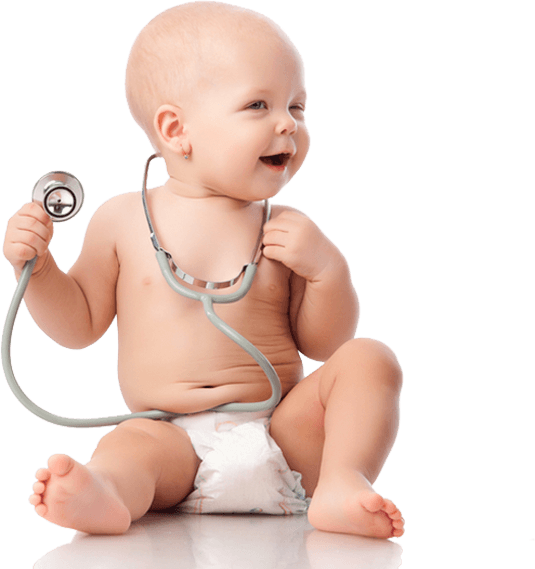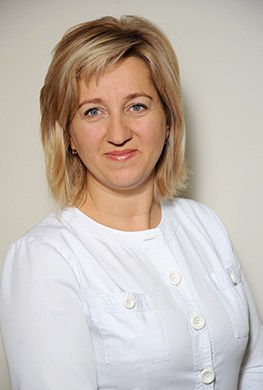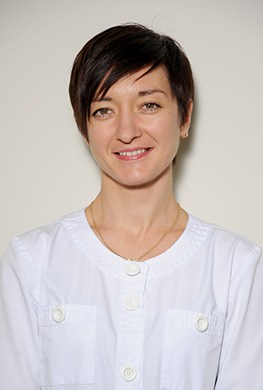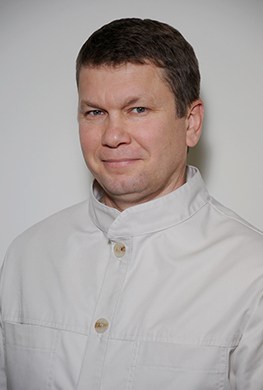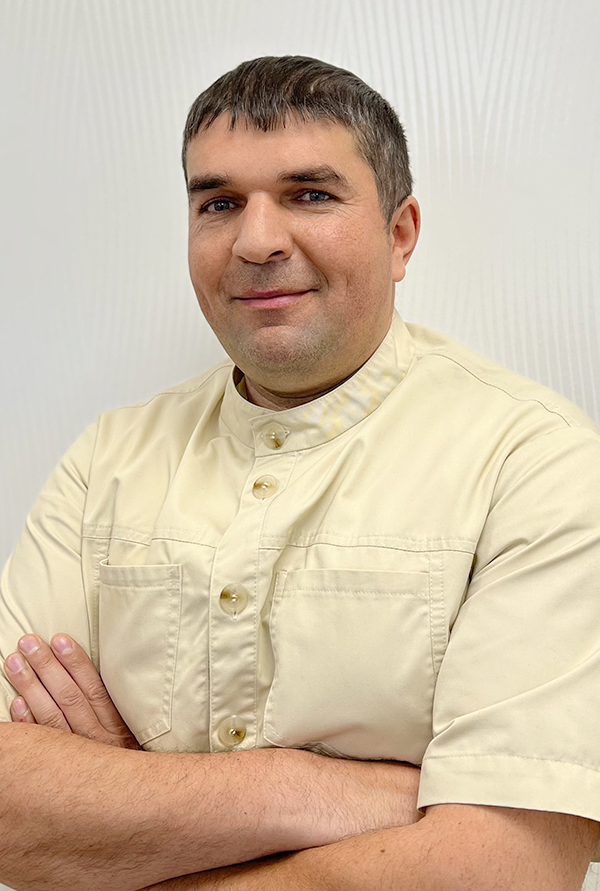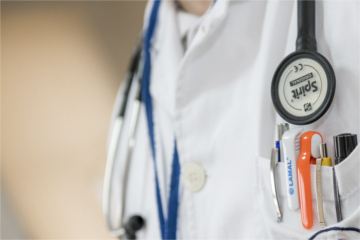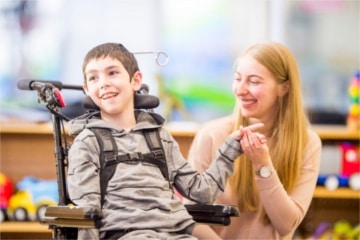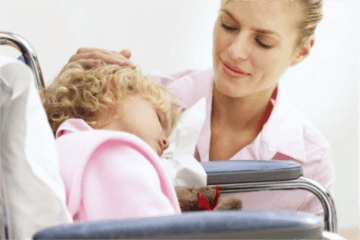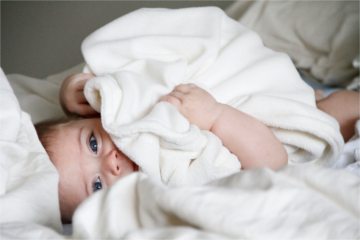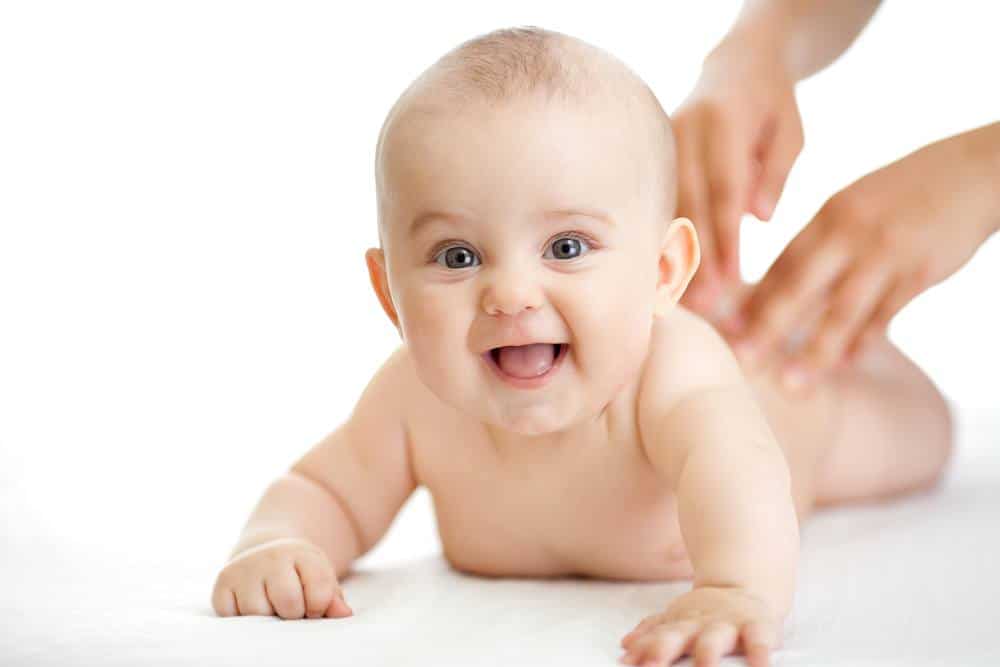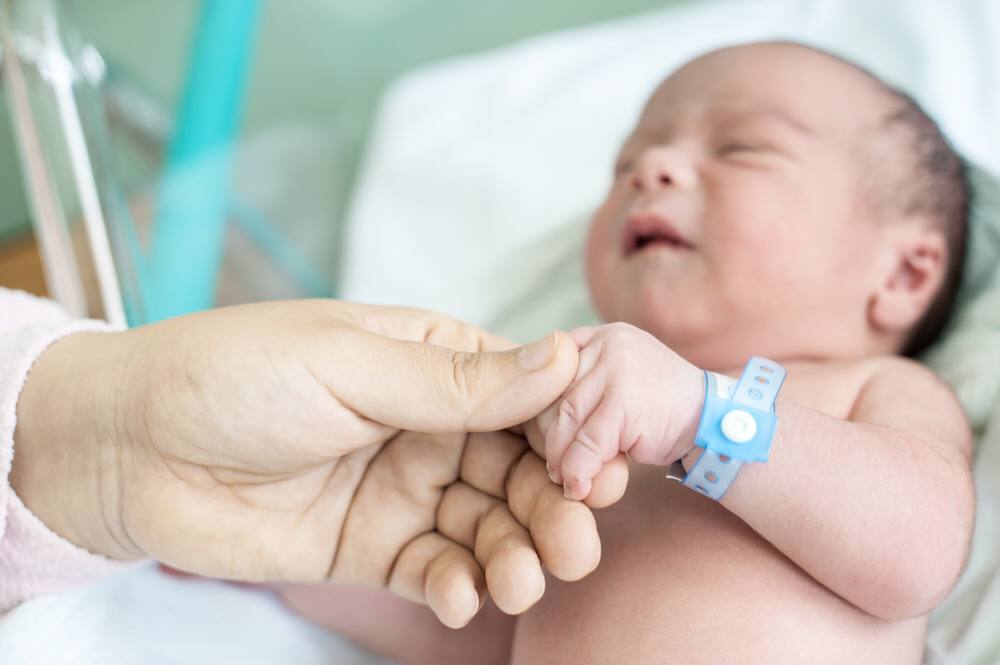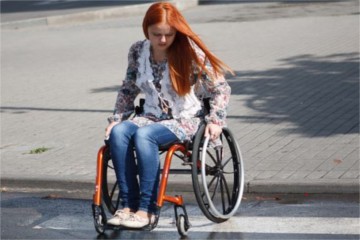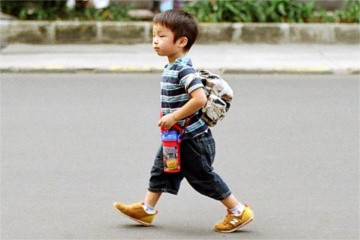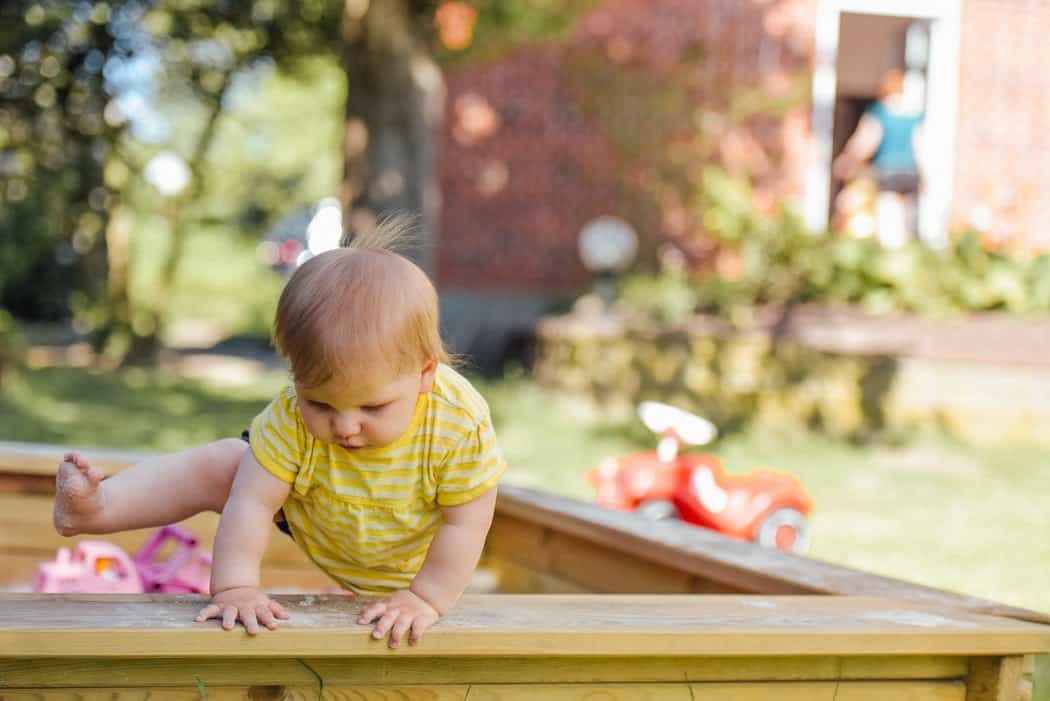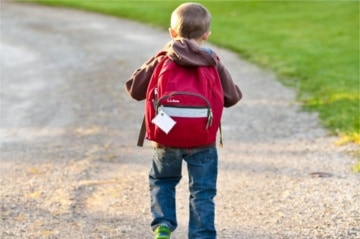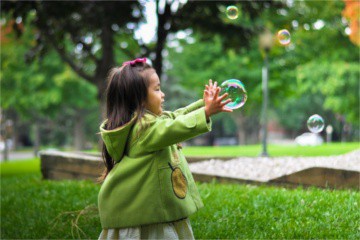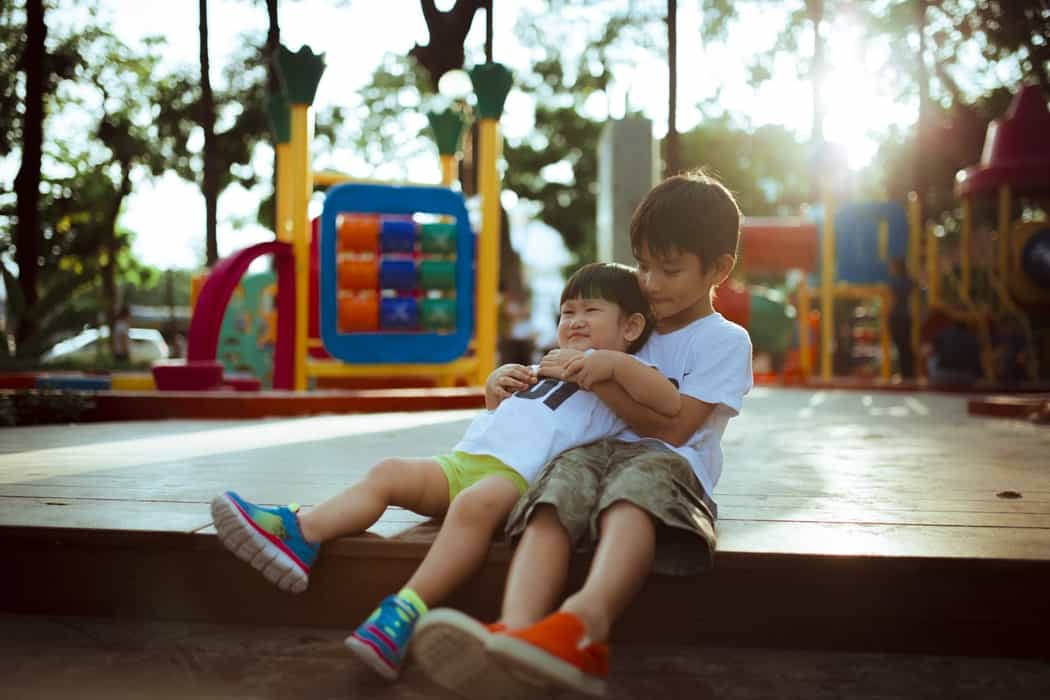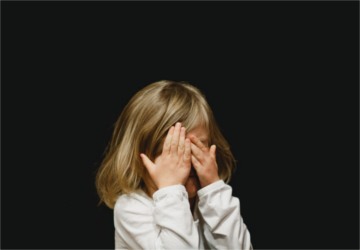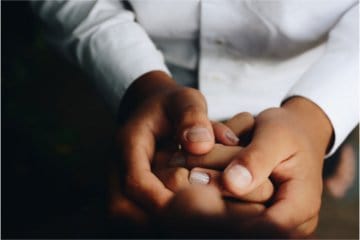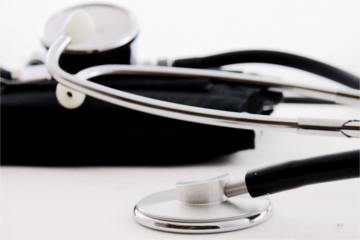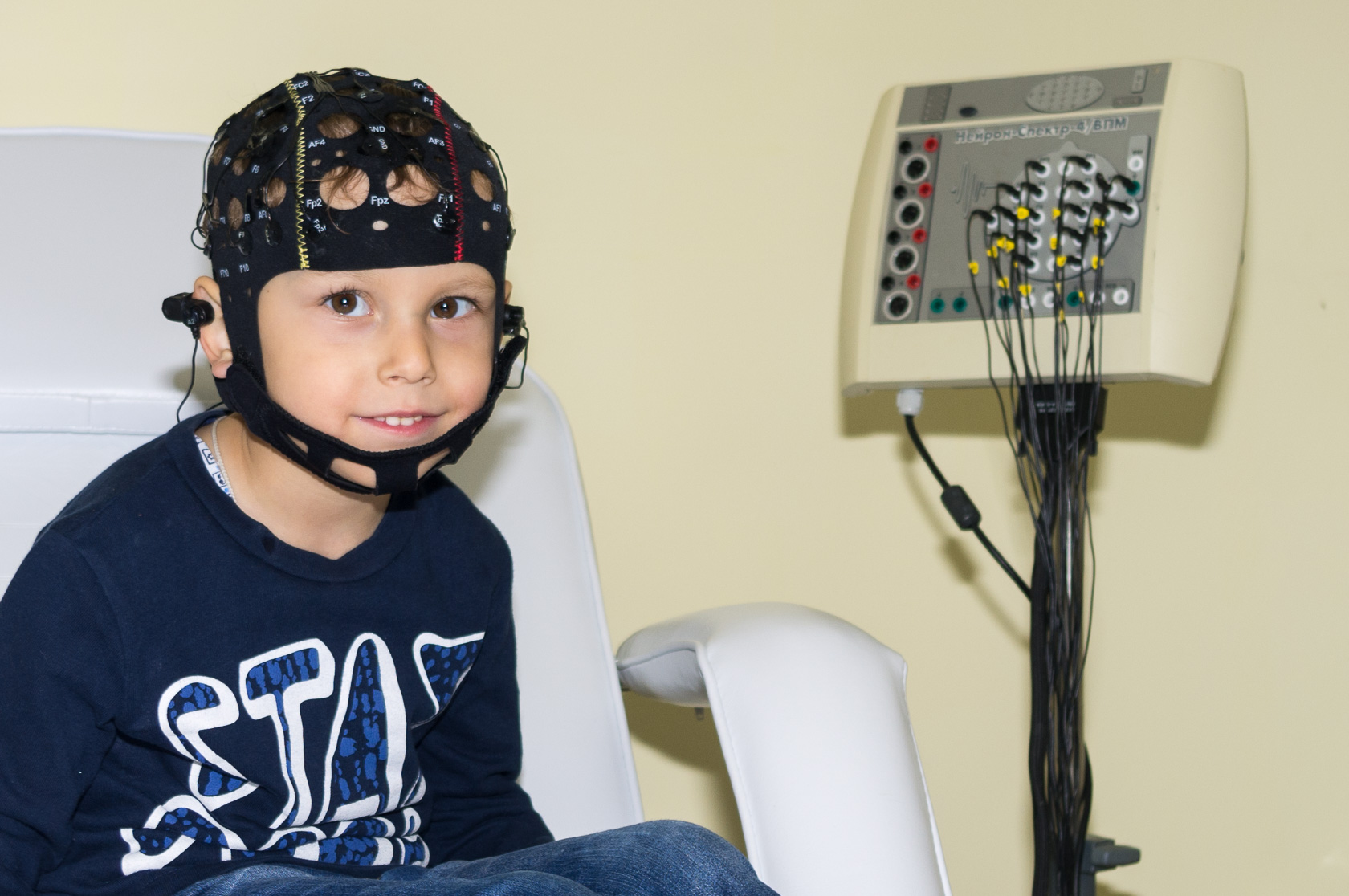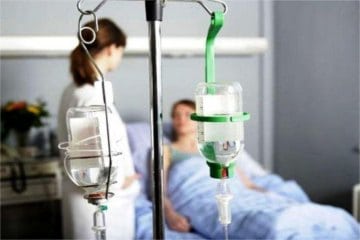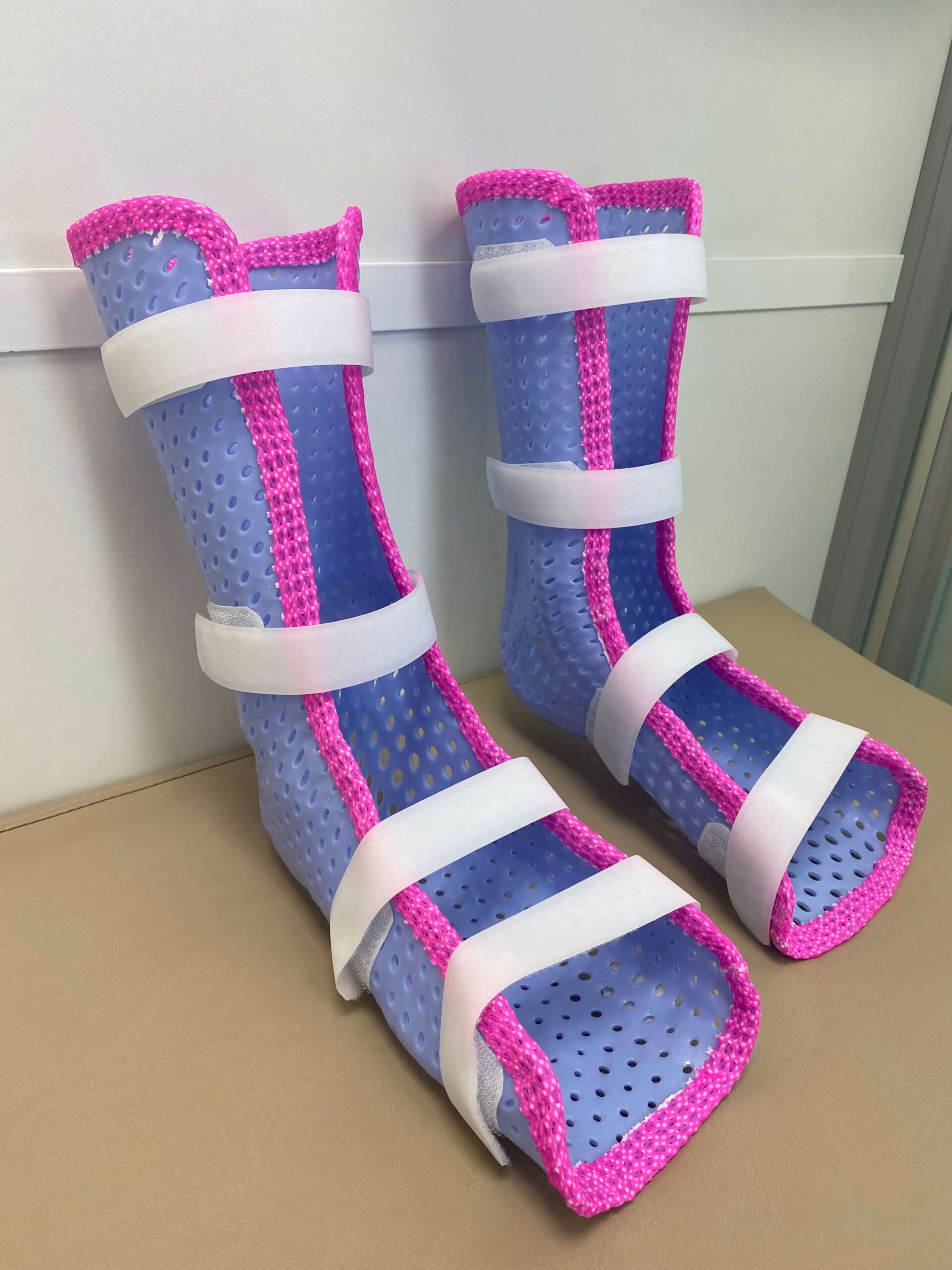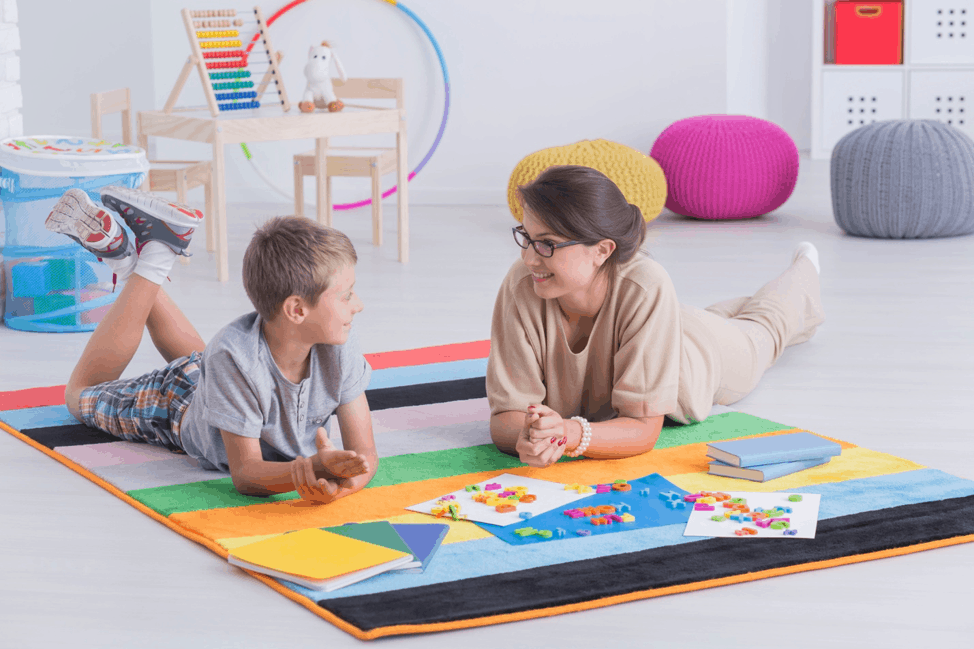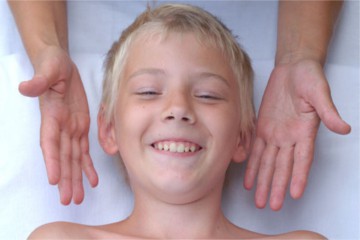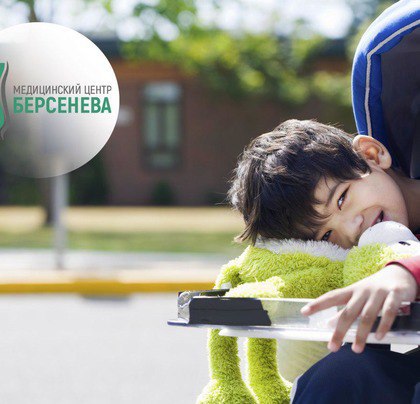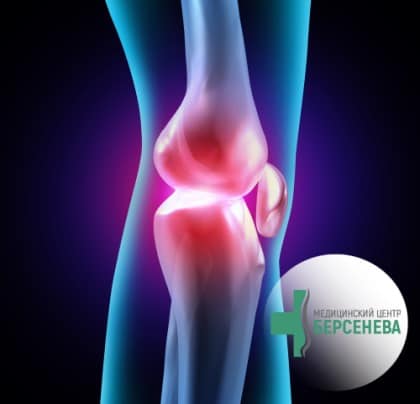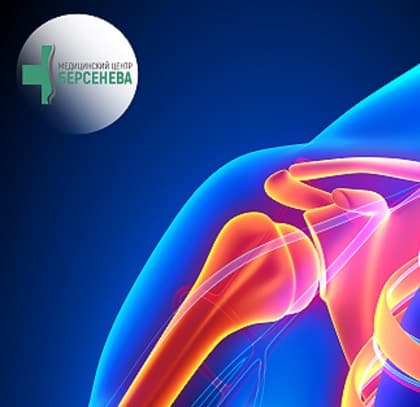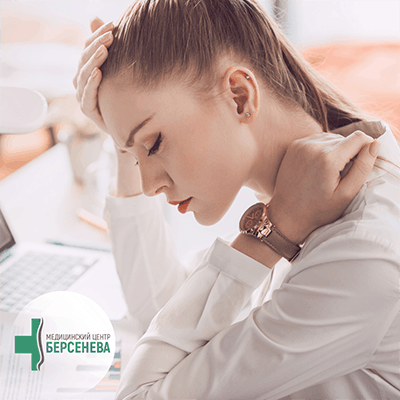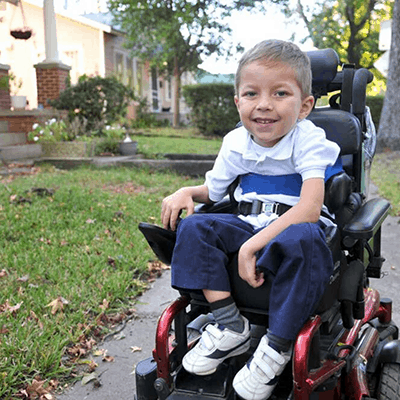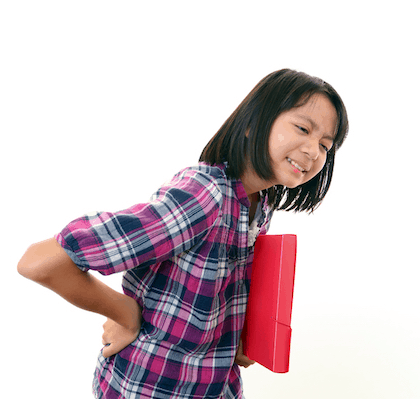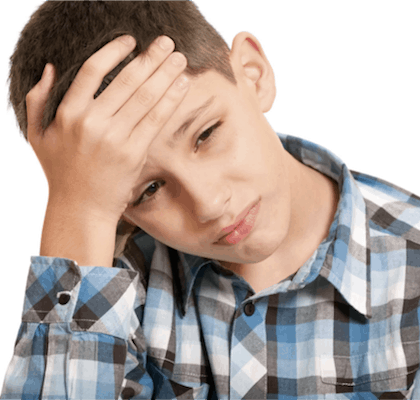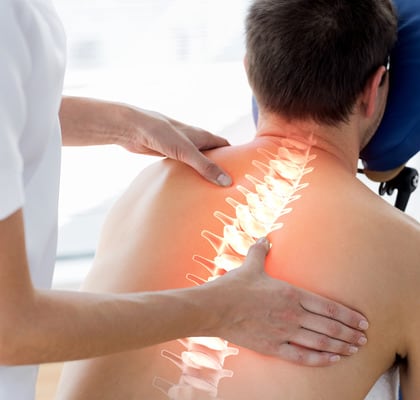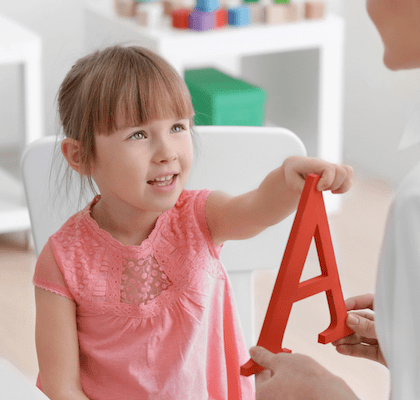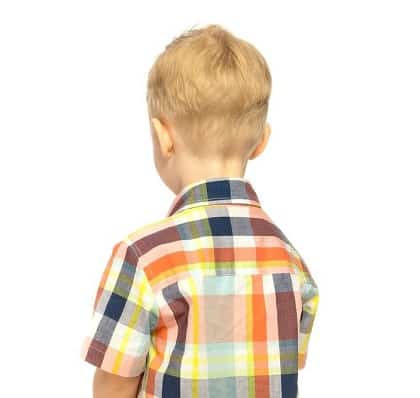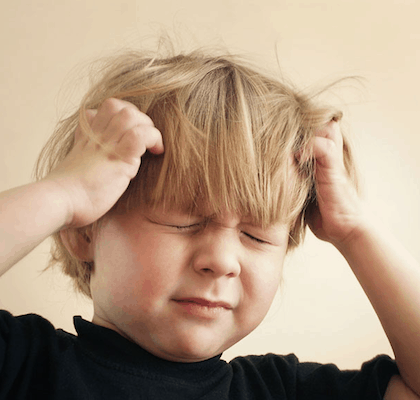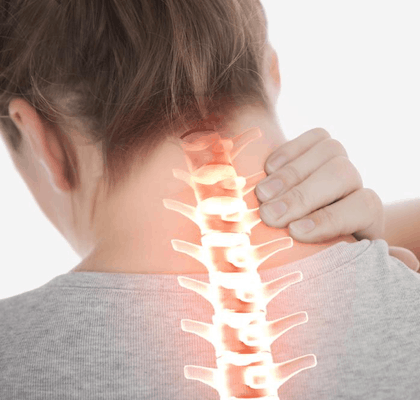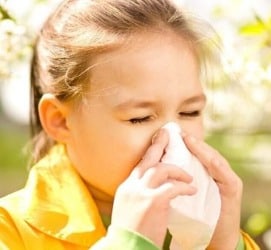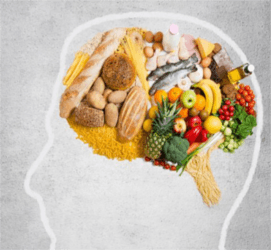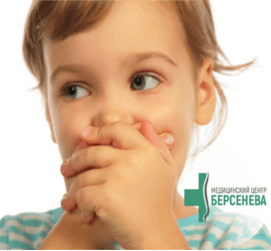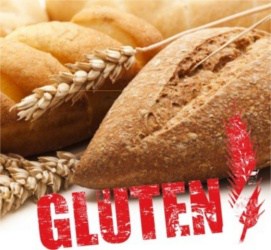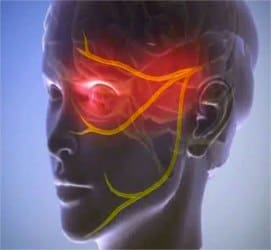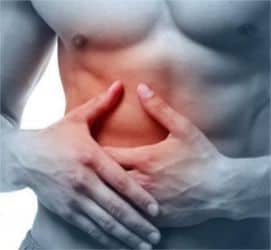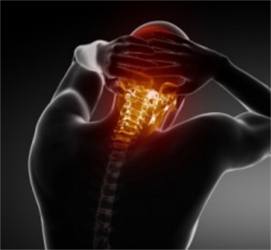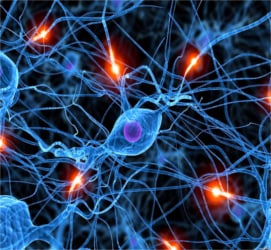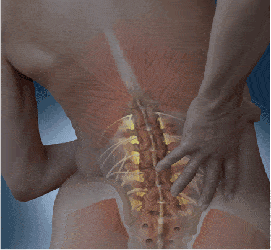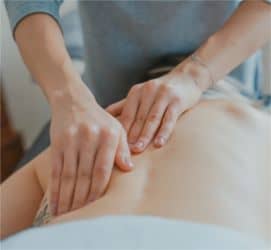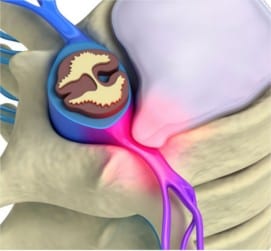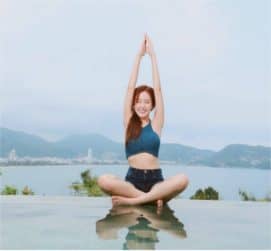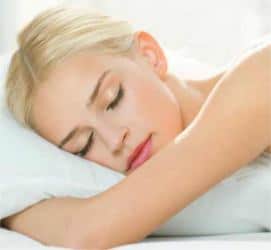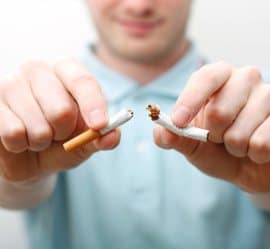
Posture is a natural habitual posture of a person, which depends on the spine condition, muscular-ligament apparatus, environment, general well-being, and heredity. This is a complex notion determined by a variety of factors and revealing not just the physical condition of a person, but also a psychical one.
Correct posture is the most important health indicator; it is possible to judge the health state from the person’s appearance. The posture can be learned from afar and judge the correctness or incorrectness of statics.
The spinal column formation begins at an early age of a person. Cervical lordosis (bending of the spine at the front) is formed first; it is associated with the skill to keep the head straight. When the child begins to sit, a thoracic kyphosis (bending behind) is formed, and the lumbar lordosis and sacral kyphosis appear at the same time as the onset of walking. All the physiological spine curvatures entirely develop by age of 8. Therefore it is very important to pay attention to the body posture and control its correct formation yet in early childhood. It is the responsibility of parents, pre-school and school institutions employees, and health workers. The prevention of posture disorders will help your child to form the spinal column and prevent round back, scoliosis, etc. If the spine curvature is still remained, we recommend you to visit our paediatric neurologist.
There are certain periods in a child's life, which are accompanied by posture changes, - the period of early childhood and adulthood associated with an intensive growth. During these periods of time, child needs a particularly close attention of the parents. By the termination of the puberty, normal posture establishes, the abdominal wall flattens, and the lumbar lordosis finally forms.
How to distinguish correct and wrong posture?
A correct or normal posture is a position, in which person keeps the body and head straight, stands with slightly lowered and laid back shoulders, with a belly tight. The legs are bent at the knee joints, the gait is light, and the chest is pointing forward.
A person with an incorrect posture is stooping, standing or walking on half-bent legs, bulging his stomach forward, lowering his shoulders and head down. Posture curvature can lead to a child’s chronic stoop, scoliosis or abnormal musculoskeletal system development.
Various disorders of posture in children are very common in preschool and school age. According to the disappointing statistics, the number of such children reaches 30-60%. And the posture curvature in children is not just an aesthetic problem: the further harmonious development of the child, its health and its future depend on the spine condition.
We always recommend parents to keep a close eye on the position of the child’s back and regularly go in for sports, therapeutic massage, etc. In most cases, posture disorders are acquired and are associated with an incorrect day regimen and the systematic physical activity absence.
Asthenic type children are more predisposed to scoliosis; they are often ill and physically poorly developed. Back curvature in children can also lead to a rapid child’s fatigue at school or kindergarten, back pain and other adverse symptoms associated with bad posture in children of preschool age.
Bad posture contributes to an early degenerative-dystrophic spine diseases development and creates unfavourable conditions for the chest and abdominal organs functioning.
The main types of posture disorders in children
- Stoop – is based on the strengthening of thoracic kyphosis with simultaneous smoothing of the lumbar lordosis. This is the most frequent form of posture disorder, arising from the wrong sitting at the desk. The stoop inflicts a great harm to the child’s health: the stooped back deforms the thorax, displaces the internal organs, which leads to the lungs and diaphragm patency disorders. As a result, the child gets tired quickly, suffers from colds, and complains of headaches, its development is getting worse.
- Sway-back - a postural disorder with a significant total increase of thoracic kyphosis and absence of lumbar lordosis. The round back is often combined with winged shoulder blades. The center-of-gravity-shift arises, and the child stands and walks on slightly bent legs. In this case, the head is tilted forward, the abdomen protrudes, the rib cage falls, and the arms are slightly anterior to the body.
- Round back - arises as a result of an increase in all physiological sagittal spinal bends.
- Flat back - the wrong back position, characterized by smoothing of all the physiological spinal curves. The rib cage is shifted forward.
- Flat-bent back - posture position consisting in the reduction of thoracic kyphosis with normal or increased lumbar lordosis.
Quite often there are mixed types of posture disorders, combining several options.
Scoliosis is a lateral deviation of the vertical axis of the spine. If the physiological curves (lordosis and kyphosis) protect the spine from overloads and evenly distribute the load along its entire axis, then any, even small, lateral bends are always pathology. Timely prevention or correction of posture in children will help to avoid this deviation.
There exists such notion as “scoliotic posture”, which means a pathological lateral curvature of the spine that disappears in horizontal or inclined position. This is the main difference from the real scoliosis.
If your child complains about back-, chest-, feet pains; stoops his/her shoulders while sitting at the table; if you notice a change in the spine bends - please, visit a specialist. In order to avoid more serious consequences, you should immediately start the posture disorders treatment .
Prevention and treatment of posture disorders
Prevention of posture disorders in children will help to avoid problems that are associated with spine or chest pathology. In case of several, even mild, symptoms that may indicate a bad posture, you should immediately contact a pediatric neurologist. In our clinic, along with the classical neurological examination, a metameric approach is used in the diagnosis of spine and nervous system diseases.
The correction and treatment of posture should be complex and lengthy and begin as early as possible. In “Bersenev's Medical Centre” the metameric methods of treatment are used to eliminate such disorders.
The doctors of our clinic develop an individual treatment program of posture correction for each child; this program includes both drug-free and medicinal methods of treatment.
Our long-term experience shows that paravertebral metameric acupressure, which is performed by our massage therapists (with the further education of parents), has high efficiency. If necessary, the metameric reflexotherapy can be combined with the treatment, which allows normalizing of sensory, reflex and trophic disorders in a compromised metamer. Moreover, it is necessary to competently organize the medical-motor regime of the child, to ensure proper nutrition and accurate selection of shoes, to do everything possible to form the correct motor stereotype and development of a full-fledged muscular system. The posture correction in children of preschool age due to the qualified help of our neurologists will give you an advantage in your child proper development.
Mild posture disorders diagnosed at early stages can be easily corrected; therefore, the earlier complex treatment is started, the more chances for a positive result and a quick recovery you have.
To make an appointment for a consultation or a posture correction treatment session, please, call (044) 272-11-82 (children’s department) or (044) 238-22-31 (call centre).
